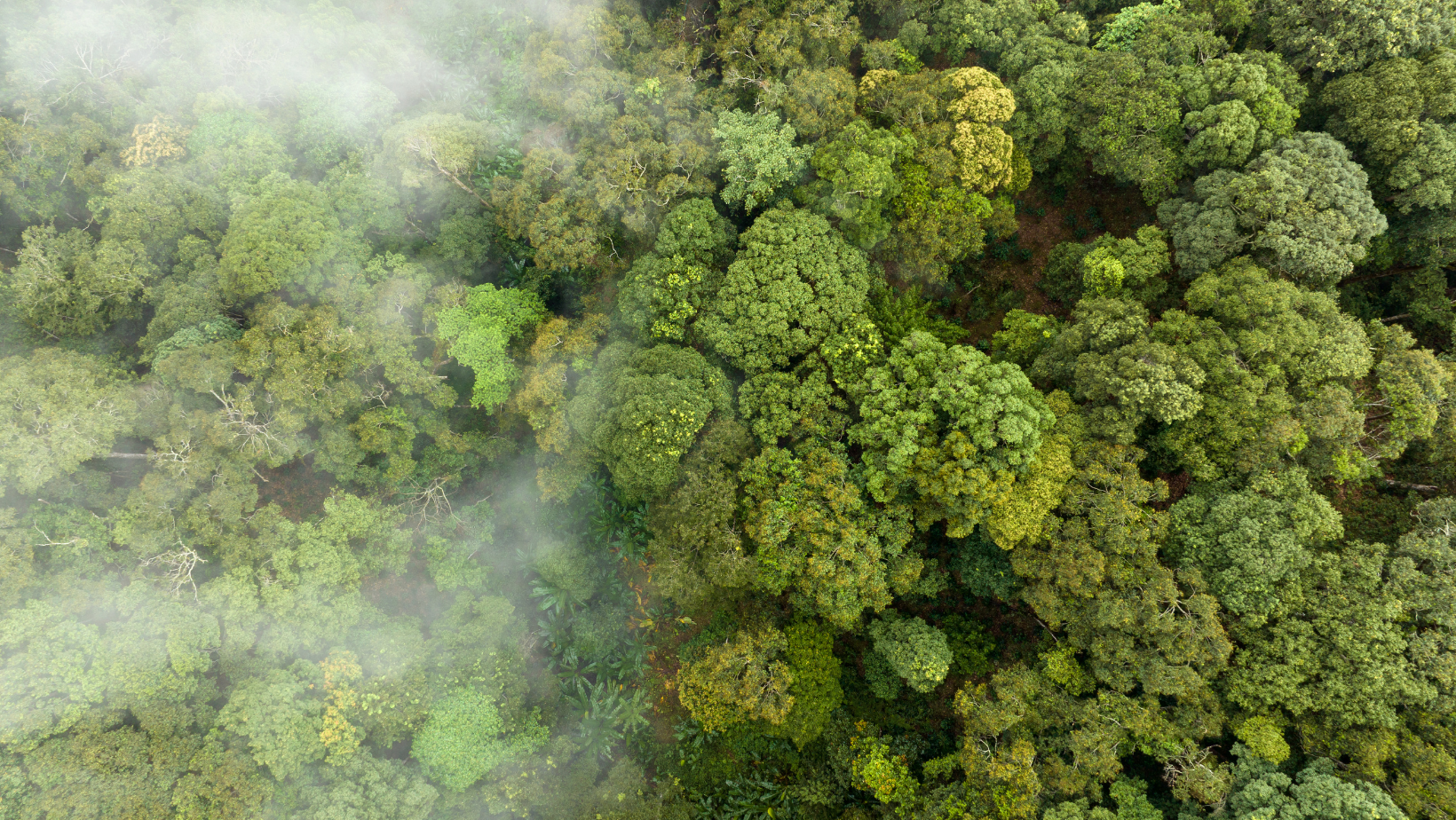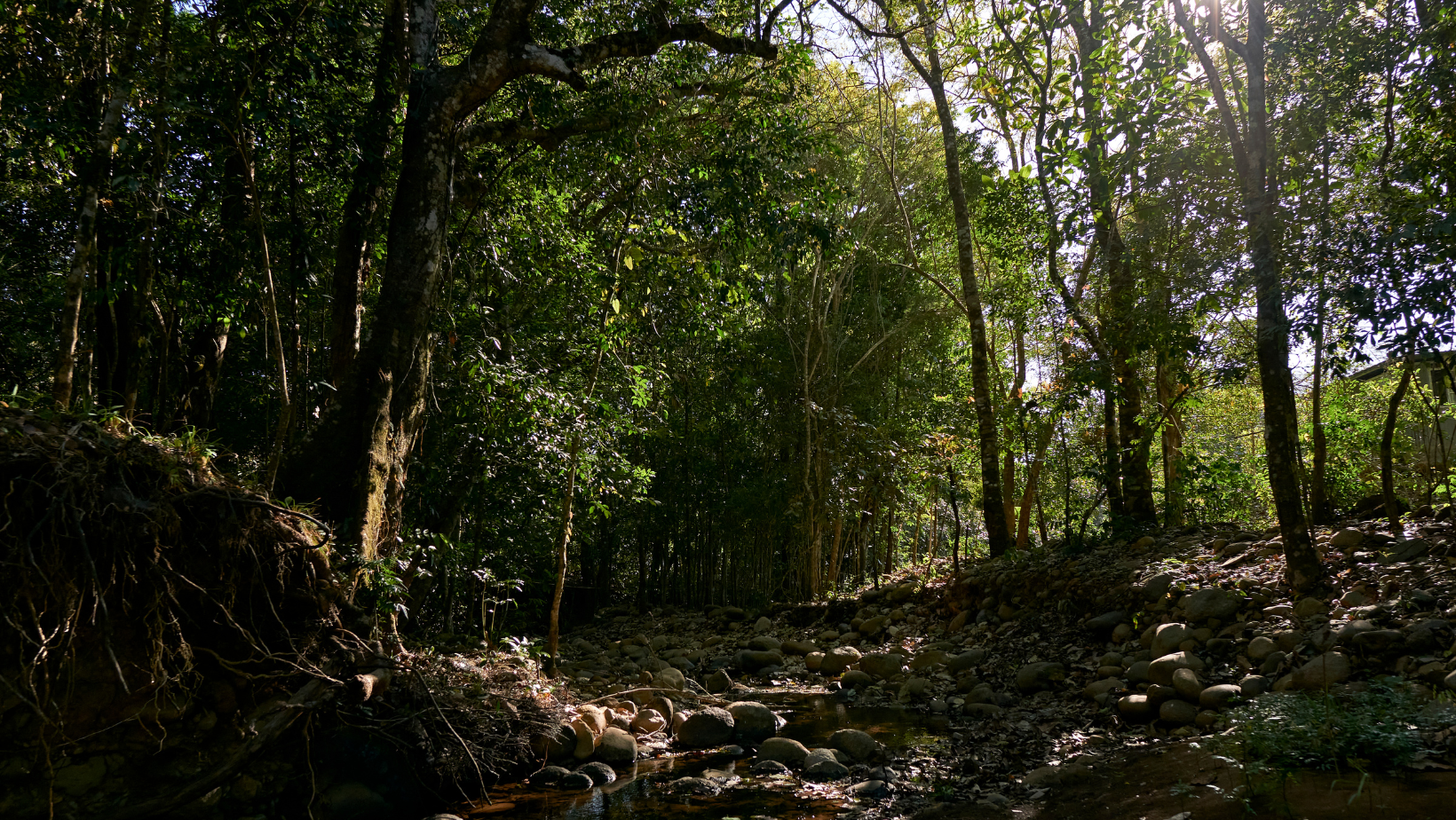The Hidden Language of Trees: Exploring How Trees Communicate

Roots of Connection: The Mycorrhizal Network
Beneath the soil, an intricate web of fungal threads exists – a network known as the mycorrhizal network. This network forms symbiotic relationships with trees, connecting their roots and facilitating the exchange of nutrients, water, and even information. Trees use this network to transmit chemical signals, alerting nearby trees to threats such as insect attacks or diseases. This fascinating system allows trees to warn one another and collectively mount a defense, showcasing a level of cooperation that goes beyond our usual understanding of plant life.

Whispering Through the Air: Volatile Organic Compounds
Trees don’t only communicate through their roots; they also release volatile organic compounds (VOCs) into the air. These compounds serve as chemical messengers, carrying information about the tree’s health, stressors, and environmental conditions. When a tree is under attack by pests, it releases specific VOCs that can attract predators of those pests, forming a natural defense system. This phenomenon, known as “talking trees,” highlights the intricate ways in which trees can influence their environment and protect themselves.

Sharing Resources: The Gift of Carbon and Nutrients:
In a forest community, trees of different species and sizes are interconnected in more ways than we might imagine. Through a process called “hub trees” or “mother trees,” older and larger trees support the growth of younger ones by sharing nutrients and carbon through their root systems. This nurturing behavior not only fosters diversity and resilience within the forest ecosystem but also emphasizes the interconnectedness of all living organisms within it.

The Wisdom of Trees: Surviving and Thriving as a Collective:
The language of trees goes beyond immediate survival tactics; it reflects a deep understanding of their environment. In response to environmental changes, trees can adjust their growth patterns, allocate resources differently, or even synchronize their flowering to increase the chances of successful pollination. This collective wisdom ensures the continued survival and adaptation of the entire forest ecosystem.
